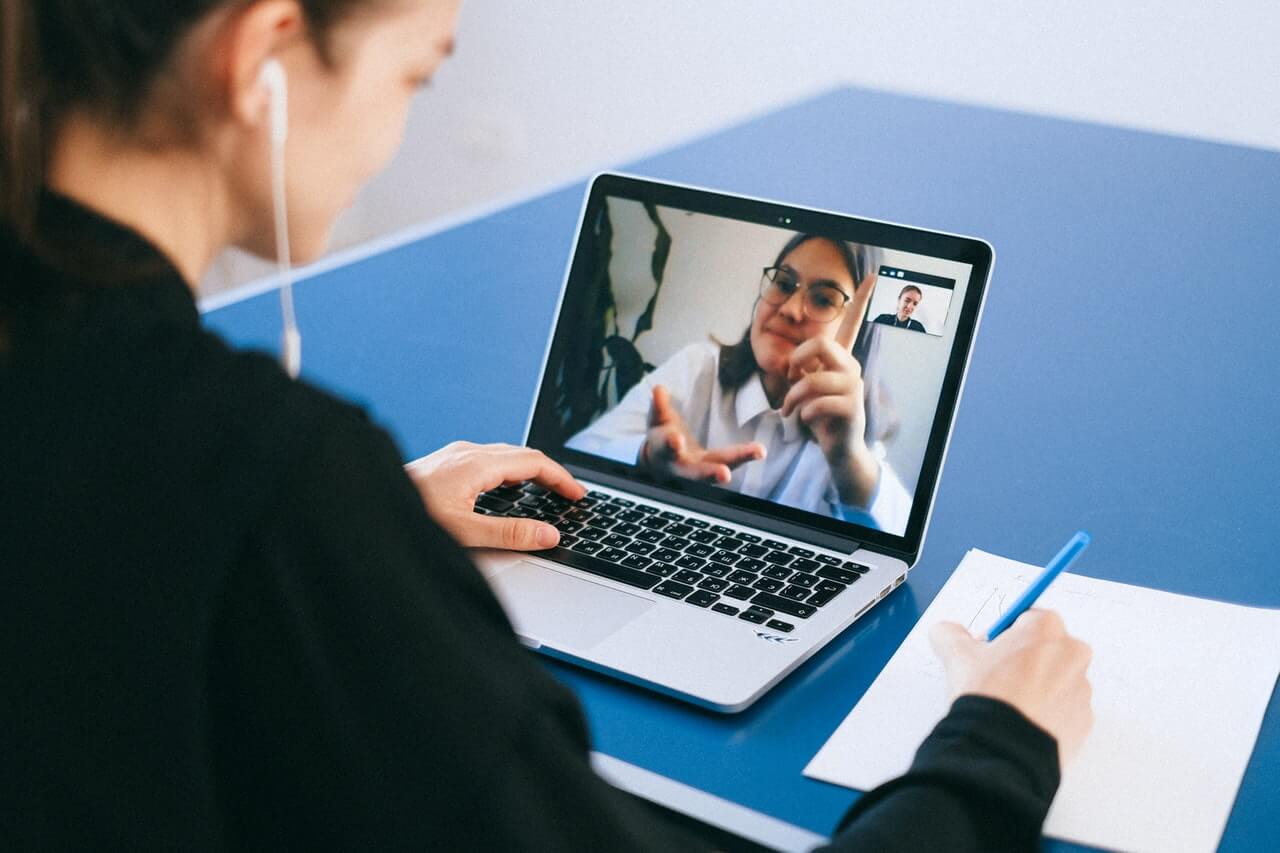1. Understanding Donor Retention
by Jonathan Howard
In a prior post, we looked at a mailing designed to bring in new, first-time donors, a process called donor acquisition.
Now lets’ talk about the other side of an effective direct mail program: keeping the donors you already have, called donor retention.
I compare the interplay of acquisition and retention as similar to what happens when you pour water into a bucket that has a hole in the bottom. Whether the water rises or falls depends on whether you add more water to the top (acquisition) than you let pour out of the bottom (through poor donor retention).
Good donor retention makes the difference between winners and losers in direct mail fundraising (and most other types of fundraising, too). High retention means lower fundraising costs, higher return on investment and a much better chance of growing donor numbers and income over time.
But you can’t hit a target that you can’t see. So take the first step to succeeding by putting a number on your donor retention. Start by comparing data from the last two full years.
The math is simple:
• Count the number of donors who made a gift at any time in 2012. Count individuals, not gifts.
• Now, run a query or manual count to find out how many of those same also gave you one or more gifts in 2013. These are your “retained” donors. (The missing people are your “lapsed” donors – the hole in your donor bucket.)
• Now divide your 2013 retained donor number by the 2012 total donor count, then show the result as a percentage. That’s your retention rate !
For example:
Total individual donors in 2012 = 1,000
2012 donors who also gave in 2013 = 500
Your retention rate = 50% (500 divided by 1000)
Retention drives your net donor income. Moving that needle upwards must be a key objective in any direct mail program.
Next Wednesday, we’ll look into how retention drives donor income.
=-=-=-=-=-=-=-=-=-=-=-=-=-=
Jon is Vice President of Cause & Effect, Inc.
He has helped nonprofits develop successful direct response strategies and
effective donor communications for more than 25 years.
Contact Jonathan Howard or
visit the Cause & Effect website
=-=-=-=-=-=-=-=-=-=-=-=-=-=
Have you seen
The Fundraising Series of ebooks ??
They’re easy to read, to the point, and inexpensive ($1.99 – $4.99)
=-=-=-=-=-=-=-=-=-=-=-=-=-=
2. The U.S.-Style of Fundraising Can Work in Other Countries
by Tony Poderis
The Steps Needed To Make It Work
Three weeks ago, I posed a number of “loaded” questions; and, if you answered, “Yes,” to even one of these questions, you already know that change may be difficult to initiate.
But, with the understanding/acceptance that the charitable impulse lives in (almost) everyone, everywhere, it becomes your job, as a fundraiser, to introduce in your country or to your charitable organization the system of philanthropic fundraising we use so successfully in the U.S.
Growing the Philanthropic “Habit” in Your Country
It is likely that you will need to start a new philanthropic “habit” where none exists. This can be accomplished by patiently and politely introducing people to the process of fundraising and explaining why it is necessary. You should also explain that such expressions of charity and compassion can be just as rewarding to the individual donor as helping a neighbor in need – in fact, if you can get an actual donor to make that point, all the better !!
To assist nonprofit organizations in building the philanthropic spirit and the habit of giving in your country, you must show potential donors that all contributions will be used in exactly the way each organization promises.
The names/identities of your leaders should be public information … to give your potential donors confidence that your organization is being guided competently and honorably.
You must also honor the confidentiality of your donors. Their names should not be made public without their approval.
Openness, honesty and reliability are key issues if you wish to build trust among potential donors, so you must prove not only the value of an organization’s work, but also the efficiency and honesty with which it delivers its programs and services.
Only then are you ready to begin real fundraising.
=-=-=-=-=-=-=-=-=-=-=-=-=-=
Have a question or comment about the above posting?
You can Ask Tony.
There is also a lot of good fundraising information on his website:
Raise-Funds.com
=-=-=-=-=-=-=-=-=-=-=-=-=-=
Have you seen
The Fundraising Series of ebooks ??
They’re easy to read, to the point, and inexpensive ($1.99 – $4.99)
=-=-=-=-=-=-=-=-=-=-=-=-=-=
If you’re reading this on-line and you would like to comment/expand on the above, or would just like to offer your thoughts on the subject of this posting, we encourage you to “Leave a Reply” at the bottom of this page.








